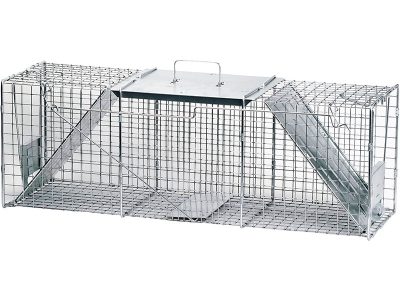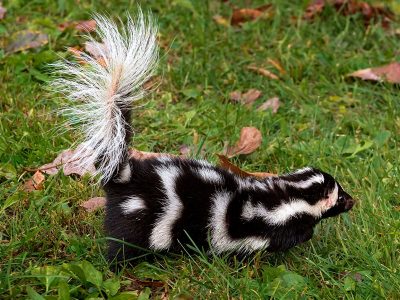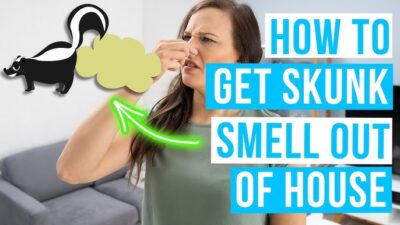Dealing with skunks on your property requires the right trap and proper technique to avoid getting sprayed. Our comprehensive guide covers the best spray-proof skunk traps available, step-by-step trapping instructions, and expert tips for safe removal. Whether you’re dealing with skunks under your deck, in your garden, or around your property, we’ll help you choose the most effective humane trap for your situation.
Quick Picks: Best Skunk Traps 2025
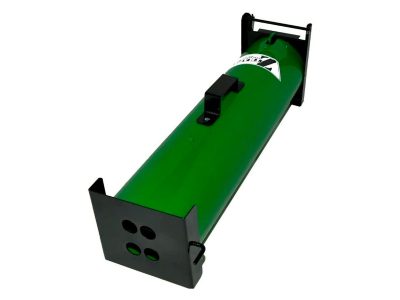
Editor’s Choice
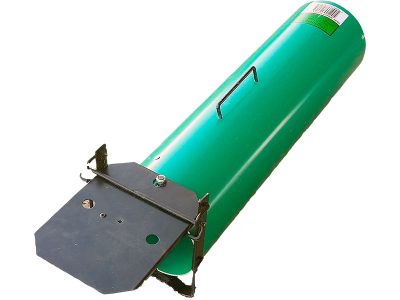
Best Value
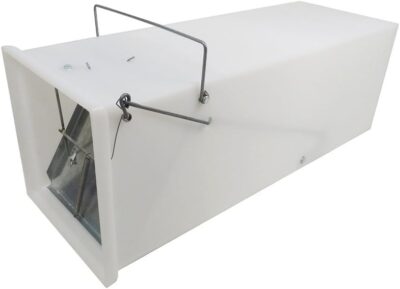
Most Durable
- Why Skunks Need Special Traps
- Essential Features of Effective Skunk Traps
- Top 4 Best Skunk Traps: Detailed Reviews
- Step-by-Step Skunk Trapping Guide
- Legal Considerations and Regulations
- Skunk Prevention Strategies
- What to Do If You Get Sprayed
- When to Call Professionals
- Frequently Asked Questions
- Conclusion
Why Skunks Need Special Traps
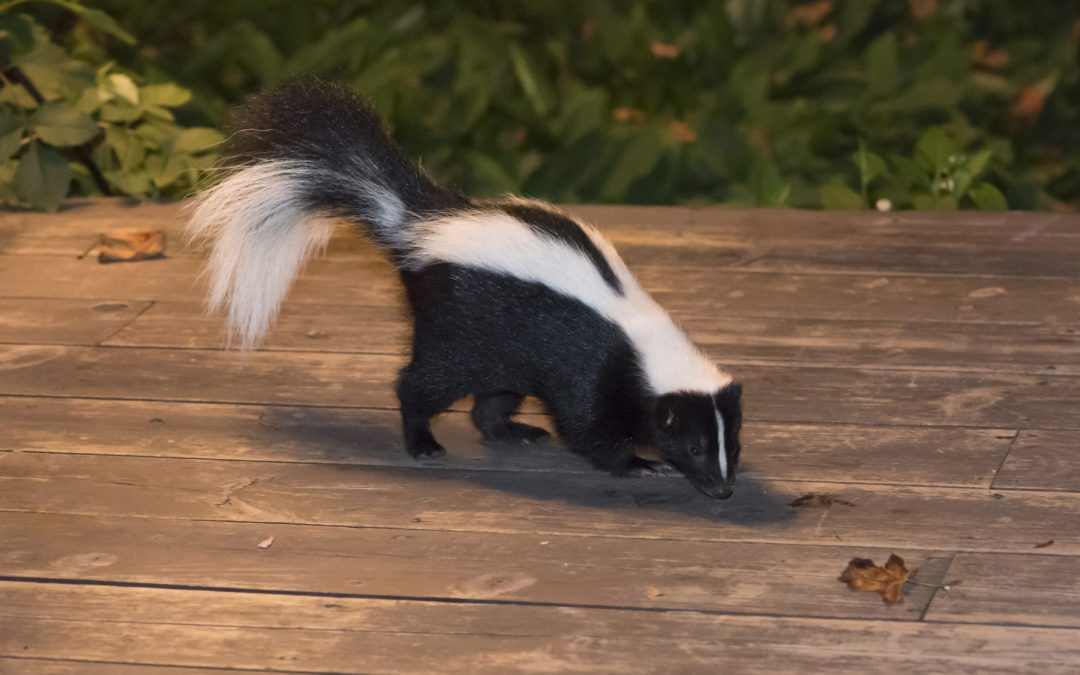
Skunks present unique challenges that require specialized trapping equipment. Unlike other wildlife, skunks can spray a potent, foul-smelling liquid up to 15 feet when threatened. This defensive mechanism makes standard wire cage traps ineffective and dangerous to use.
Health Risks
Skunks can carry rabies, distemper, and parasites. Their spray can cause severe allergic reactions in sensitive individuals and temporary blindness if it contacts the eyes.
Property Damage
Skunks dig for grubs and insects, creating holes in lawns. They also burrow under structures like decks, porches, and sheds, potentially damaging foundations.
Nocturnal Behavior
Skunks are most active at dawn and dusk, making detection difficult. Their presence is often only noticed through their distinctive odor or property damage.
Essential Features of Effective Skunk Traps
The best skunk traps share several critical features that ensure both effectiveness and safety:
- Spray-Proof Design: Solid walls or enclosed tubes prevent spray from reaching the handler
- Proper Size: Minimum 24 inches long to accommodate adult skunks comfortably
- Sturdy Construction: Durable materials that won’t break under stress or weather conditions
- Easy-Set Mechanism: Simple trigger systems that activate reliably without false triggers
- Safe Handles: Comfortable grips that keep hands away from the trapped animal
- Ventilation: Adequate airflow to prevent stress and overheating
Top 4 Best Skunk Traps: Detailed Reviews
Z Trap Live No Stink Skunk Trap
Editor's ChoiceHow Does It Work
How to Use
- Set the trap near skunk activity areas like den entrances or feeding spots
- Bait with peanut butter on bread or dry cat food in the center
- Use the stabilizing system to secure the trap on level ground
- Check the trap at dawn and transport using the carrying handle
- 100% spray-proof aluminum tube construction
- Dual doors for versatile setup and easy release
- Built-in stabilizing system prevents movement
- Keeps animals calmer than wire cages
- Durable construction lasts for years
- Higher price point than basic traps
- Heavier than plastic alternatives
J T Eaton Catch/Release Skunk Trap
Best ValueHow Does It Work
How to Use
- Place the trap along skunk travel routes or near food sources
- Bait the center of the trap with aromatic foods like canned cat food
- Ensure the trap is level and stable to prevent false triggers
- Transport carefully using the integrated handle
- Affordable price point with reliable performance
- Spring-loaded door works consistently
- Low profile design attracts skunks
- Lightweight yet durable plastic construction
- Easy to clean and maintain
- Plastic may become brittle in extreme weather
- Single door limits placement options
Tomahawk Model 924 Plastic Skunk Trap
Most DurableHow Does It Work
How to Use
- Set the trap at dusk in areas with confirmed skunk activity
- Use a flashlight to check for catches without opening
- Bait with strong-smelling foods like spoiled meat or fish
- Transport using the sturdy handle system
- Unique visibility feature for safe checking
- Extremely durable polyethylene construction
- Sheet metal doors won't warp or break
- Professional-grade trap used by pest control
- Weather-resistant materials
- More expensive than basic models
- White color may be more visible to cautious animals
Havahart Large 2-Door Live Animal Trap
Budget OptionHow Does It Work
How to Use
- Secure a heavy tarp completely over the trap before setting
- Ensure the tarp doesn't interfere with door operation
- Use strong-smelling bait to attract skunks through the covered cage
- Approach very carefully and keep the tarp in place during transport
- Most affordable option for large animal trapping
- American-made with quality construction
- Dual doors increase catch success
- Versatile for many different pest species
- Rust and corrosion resistant coating
- Requires tarp modification for skunk safety
- Not specifically designed for spray protection
- More complex setup process
Step-by-Step Skunk Trapping Guide
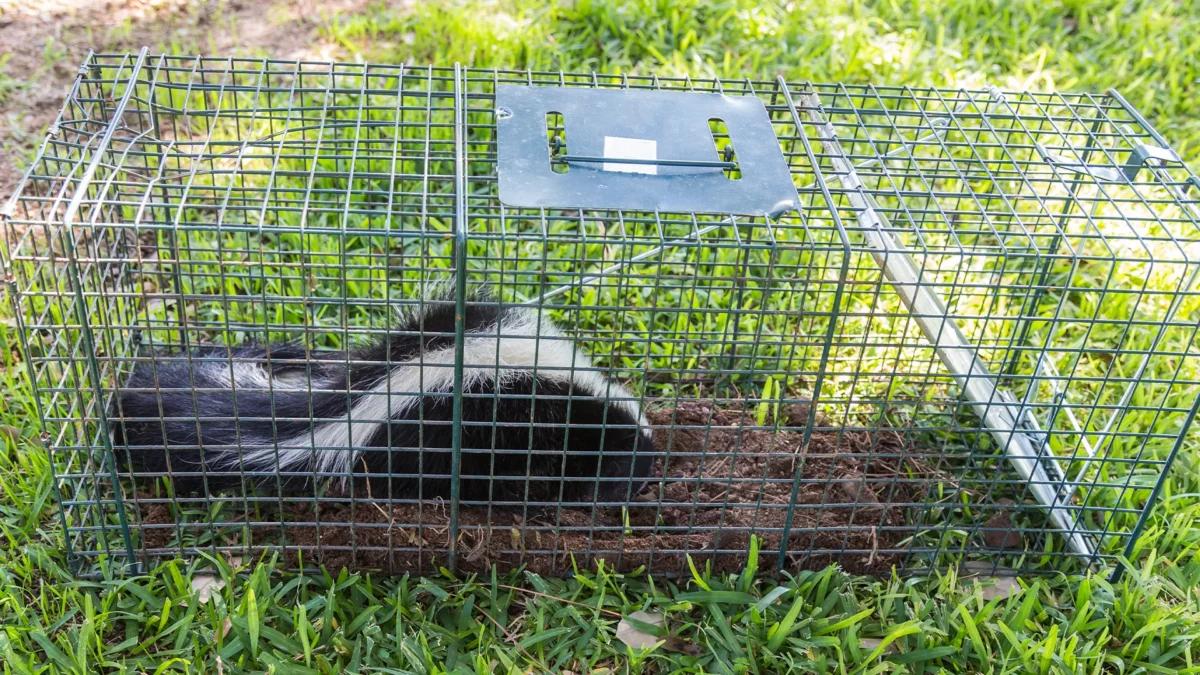
Successful skunk trapping requires careful planning and proper execution. Follow these detailed steps for safe and effective skunk removal:
Step 1: Identify Skunk Activity Areas
Before setting any trap, locate where skunks are active on your property. Look for these key signs:
Tracks and Prints
Skunk tracks resemble small bear prints with five toes and visible claw marks. Look for these near gardens, garbage areas, and potential den sites.
Den Locations
Check under decks, porches, sheds, and in wood piles. Den entrances are typically 4-6 inches wide and may have a distinctive musky odor.
Damage Patterns
Small conical holes in lawns indicate grub hunting. Damaged garden plants and disturbed garbage suggest feeding activity.
Step 2: Choose Optimal Trap Placement
Position your trap for maximum effectiveness:
- Within 5-10 feet of den entrances for highest success rates
- Along natural travel routes like fence lines or building edges
- Near food sources such as garbage areas, compost piles, or gardens
- On stable, level ground to prevent trap movement that might scare skunks
Pro Placement Tips
- Use bricks or rocks to anchor the trap and prevent rattling
- Position the trap entrance facing the skunk’s usual approach path
- Avoid areas with heavy human or pet traffic that might interfere
- Consider wind direction to prevent your scent from reaching the trap area
Step 3: Select and Prepare Effective Bait
The right bait is crucial for attracting skunks into your trap. Skunks are omnivorous with preferences for:
| Bait Type | Effectiveness | Best Season | Notes |
|---|---|---|---|
| Peanut Butter on Bread | Excellent | Year-round | Easy to use, strong scent, weather resistant |
| Canned Cat Food | Excellent | Year-round | High protein content appeals to skunks |
| Sardines or Fish | Very Good | Spring/Summer | Strong odor attracts from distance |
| Spoiled Meat | Good | Fall/Winter | Natural food preference, handle carefully |
| Honey or Molasses | Good | Late Summer | Sweet scents attract omnivorous skunks |
Step 4: Set the Trap Safely
Timing and technique are essential for successful skunk trapping:
- Set at Dusk: Skunks are most active during twilight hours, making evening the optimal time for trap activation
- Follow Instructions: Each trap model has specific setting procedures – never deviate from manufacturer guidelines
- Test the Mechanism: Ensure the trigger works properly before leaving the trap unattended
- Mark the Location: Use reflective tape or flags to easily locate the trap in darkness
Step 5: Monitor and Check Responsibly
When checking your trap:
- Approach slowly and quietly, shuffling your feet to avoid startling the animal
- Use a flashlight to confirm what’s in the trap before getting close
- If empty, close the trap during daylight to avoid catching diurnal animals
- Reset at dusk if the initial attempt was unsuccessful
Step 6: Safe Transport and Release
This is the most critical phase requiring extreme caution:
Safety Gear
Wear gloves, long sleeves, and eye protection. Consider a respirator if you’re sensitive to odors.
Transportation
Use a pickup truck if available. Place plastic sheeting under the trap to protect vehicle surfaces.
Release Location
Transport at least 10 miles away to prevent return. Choose areas with natural shelter and water sources.
Transport Safety Tips
- Move slowly and avoid sudden movements or loud noises
- Keep the trap level during transport to prevent animal stress
- Have a helper if possible – one person to carry, one to open doors
- Plan your release route in advance to minimize transport time
Legal Considerations and Regulations
Before trapping any wildlife, research local and state regulations that may apply:
- Trapping Permits: Some areas require licenses for wildlife trapping
- Seasonal Restrictions: Trapping may be prohibited during breeding seasons
- Release Limitations: Many states prohibit releasing animals on public land or others’ property
- Species Protection: Some skunk species may have protected status
Contact your local wildlife agency or extension office for specific regulations in your area.
Skunk Prevention Strategies
Preventing skunk problems is more effective than trapping after they’ve established residence:
Remove Attractants
- Secure Garbage: Use tight-fitting lids and store bins in enclosed areas when possible
- Clean Up Food Sources: Remove fallen fruit, pet food, and bird seed that attracts skunks
- Eliminate Water Sources: Fix leaky hoses and eliminate standing water around your property
- Maintain Landscaping: Keep grass short and remove brush piles where skunks might shelter
Physical Barriers
Exclusion Fencing
Install hardware cloth around garden beds and under structures. Bury fencing 6 inches deep to prevent digging.
Structure Modification
Seal openings under decks, porches, and sheds. Use concrete or metal flashing that skunks cannot chew through.
Lighting and Motion
Install motion-activated lights and sprinklers around problem areas. Skunks prefer dark, quiet spaces.
What to Do If You Get Sprayed
Despite precautions, spray contact can occur. Act quickly to minimize the impact:
For Humans
- Remove contaminated clothing immediately and dispose of or wash separately
- Rinse eyes with clean water if affected
- Shower with a mixture of hydrogen peroxide, baking soda, and dish soap
- Repeat treatment as necessary – commercial de-skunking products are also available
For Pets
- Keep pets outside until treated to prevent indoor contamination
- Use the same hydrogen peroxide solution (test on a small area first)
- Avoid getting solution in eyes, nose, or mouth
- Rinse thoroughly and repeat if necessary
When to Call Professionals
Some situations require professional intervention:
- Multiple Skunks: Family groups or multiple animals indicate a larger problem
- Structural Damage: Significant burrowing under foundations or structures
- Health Concerns: Skunks displaying unusual behavior that might indicate disease
- Legal Restrictions: Areas where homeowner trapping is prohibited or restricted
- Repeated Failures: If multiple trapping attempts have been unsuccessful
Frequently Asked Questions
How long can a skunk stay in a trap safely?
Skunks should not be left in traps for more than 12 hours. Extended confinement causes stress, dehydration, and potential health problems. Most states have regulations requiring prompt release or removal of trapped animals.
Check traps early in the morning after setting them at dusk, and always have a release plan ready before trapping.
What time of year is best for skunk trapping?
Late winter to early spring (February-March) is optimal for skunk trapping, before breeding season begins. Trapping during this period prevents reproduction and population increase on your property.
Avoid trapping during breeding season when females may have dependent young in nearby dens.
Can I use poison bait for skunks?
No, poison baits are illegal in most areas and extremely dangerous. Poisoned baits can harm pets, children, other wildlife, and non-target animals. They also create secondary poisoning risks for predators and scavengers.
Always use humane, live-catch traps with non-toxic baits for safe and legal skunk control.
How far should I relocate a trapped skunk?
Most wildlife experts recommend relocating skunks at least 10 miles from the capture site to prevent them from returning. However, check local regulations first, as many areas prohibit wildlife relocation entirely.
Choose release sites with adequate food, water, and shelter, preferably similar to their original habitat.
Do ultrasonic devices work to repel skunks?
Scientific evidence shows ultrasonic repellent devices are largely ineffective for skunk control. Skunks quickly adapt to these sounds, and the devices may not produce consistent frequencies needed for deterrence.
Physical barriers, habitat modification, and proper trapping are more reliable control methods.
Is it legal to trap skunks in my state?
Trapping regulations vary significantly by state and local jurisdiction. Some areas allow homeowner trapping with restrictions, while others require permits or prohibit it entirely.
Contact your state wildlife agency or local animal control office for specific regulations in your area before attempting to trap any wildlife.
Conclusion
Successfully trapping skunks requires the right equipment, proper technique, and careful attention to safety. Spray-proof traps like the Z Trap Live No Stink or J T Eaton models provide the best combination of effectiveness and protection for homeowners.
Remember that prevention is always preferable to trapping. By eliminating food sources, securing potential den sites, and maintaining your property, you can often avoid skunk problems entirely. When trapping becomes necessary, follow local regulations, prioritize safety, and consider professional help for complex situations.
